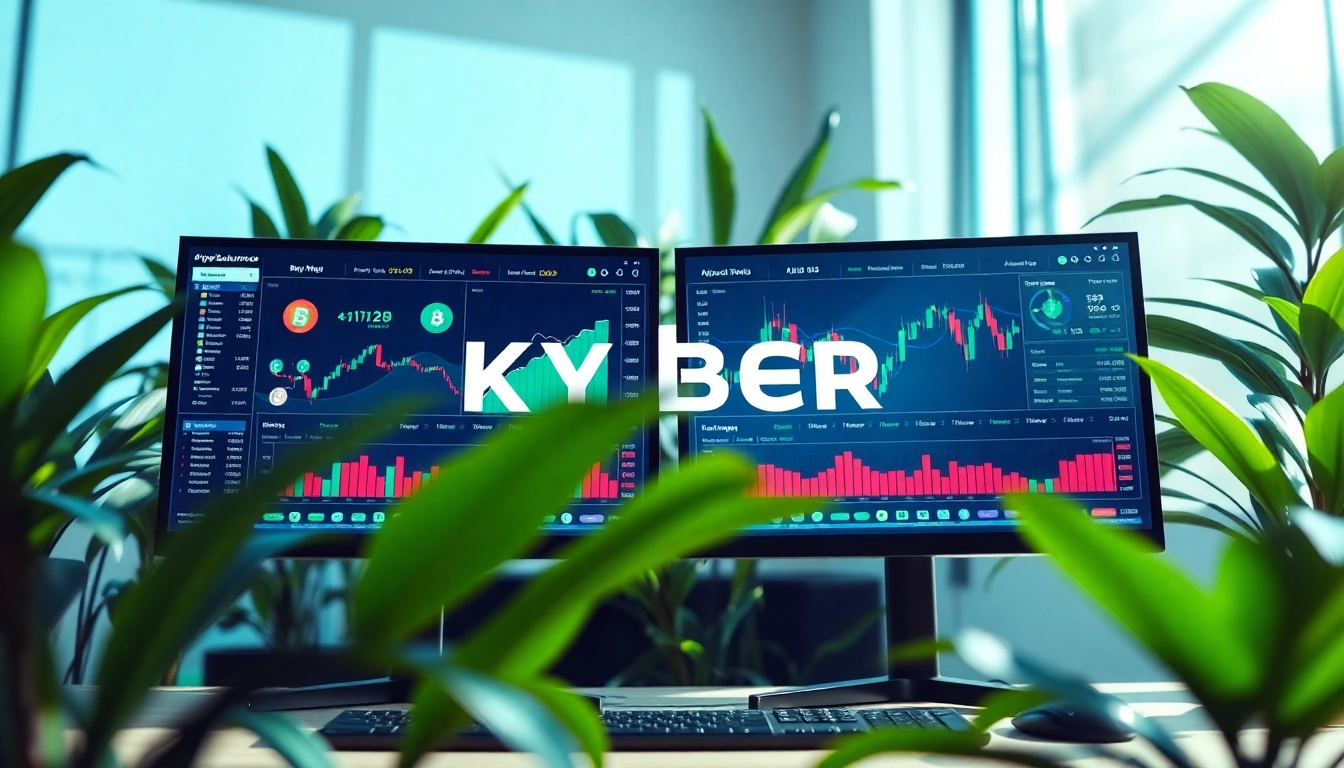Understanding the Mortgage Process for Lenders
The mortgage process can be a complex and daunting journey, not only for borrowers but also for lenders navigating the landscape. A solid understanding of the mortgage process for lenders significantly enhances their ability to assist clients effectively while maintaining compliance and managing risk. This guide lays out crucial aspects, including key stages, the importance of lenders, challenges they may face, and tools that can streamline the process.
Key Stages in the Mortgage Process
The mortgage process primarily consists of several key stages that ensure a structured approach to lending. These stages are:
- Pre-Approval: The initial access point, where lenders assess a borrower’s eligibility based on their financial status.
- Application: Borrowers submit formal applications, providing a wealth of information necessary for evaluation.
- Processing: Lenders collect and review documentation to support the loan application.
- Underwriting: A critical assessment of risk takes place here, where lenders decide to approve or deny the loan.
- Closing: Finalization of the loan agreement, where all parties sign necessary documents and funds are disbursed.
Why Lenders Matter in the Mortgage Journey
Lenders play a pivotal role in the mortgage process, not only by providing necessary funding but also by guiding borrowers through the intricacies of financing. Their expertise is instrumental in helping clients understand their options, the implications of various loan structures, and what is required at each step. Lenders act as intermediaries, ensuring all legalities are observed while considering the client’s best interests. This not only fosters client relationships but also enhances the lender’s reputation in a competitive market.
Challenges Lenders Face During Application
The process isn’t devoid of challenges. Lenders often encounter:
- Incomplete Documentation: Borrowers may fail to provide completed forms or required paperwork, delaying review processes.
- Regulatory Compliance: Staying updated with ever-changing regulations can be burdensome, yet it is essential to avoid penalties.
- Communication Gaps: Misunderstandings between lenders and borrowers can lead to frustrations and unnecessary delays.
- Market Fluctuations: Rising interest rates or fluctuating property values complicate the risk assessment process.
Pre-Approval: The First Step for Lenders
Gathering Necessary Documentation
The pre-approval stage is foundational in the mortgage process for lenders, as it sets the tone for the borrower-lender relationship. For lenders, gathering necessary documentation is crucial. This typically includes:
- Proof of income (pay stubs, tax returns)
- Credit history and score
- Asset documentation (bank statements, investment accounts)
- Employment verification
Having this documentation upfront can streamline subsequent processes and mitigate delays in securing approvals.
Evaluating Creditworthiness
Evaluating creditworthiness is more than just obtaining credit scores; it involves a comprehensive analysis of a borrower’s financial habits. Lenders must assess:
- Credit history: Review the borrower’s payment history, credit utilization, and types of credit used.
- Debt-to-Income Ratio: Determine how much of the borrower’s income goes toward existing debts.
- Employment Stability: Consistency in employment signals reliability to lenders.
By thoroughly evaluating these factors, lenders can make informed decisions on pre-approval, adjusting their risk assessments accordingly.
Timeline Expectations for Lenders
Setting realistic expectations for timelines is vital in the pre-approval phase. While a majority of pre-approvals may take from a few hours to a couple of days, factors such as documentation completeness, the lender’s workload, and borrower responsiveness can influence these timelines. Communication with borrowers regarding the timeline, possible delays, and their role can alleviate frustrations and create a smoother experience.
Processing Applications: A Critical Role
Document Review and Verification
The processing phase is pivotal in ensuring the integrity of the information provided by the borrower. Lenders must:
- Verify the accuracy of documentation: This includes confirming income, employment, and asset information.
- Evaluate loan terms and amounts against the borrower’s financial capacity.
- Assess any discrepancies that arise during document verification, prompting further inquiries.
Using advanced software can assist lenders in streamlining this review process, leading to faster file developments.
Communicating with Borrowers
Effective communication is a cornerstone of the processing phase. Lenders should establish a proactive communication strategy, which includes:
- Regular updates on the application’s progress
- Clarifications to borrowers regarding document requests or issues
- Guidance for next steps once the processing is complete
Building rapport can enhance the borrower’s experience and pave the way for future referrals.
Technology in Application Processing
Incorporating technology into the application processing stage can dramatically enhance operational efficiency. Modern lenders utilize various tools, such as:
- Automated Underwriting Systems (AUS): These systems help evaluate risk and make preliminary credit decisions.
- Document Management Systems: Centralized platforms for document tracking and management facilitate better organization and retrieval.
- eSignatures: Digital signatures expedite document approvals and streamline the closing process.
By leveraging these technological advancements, lenders can reduce processing time and enhance accuracy.
Underwriting Essentials: What Lenders Need to Know
Understanding Risk Assessment
Underwriting is one of the most intricate parts of the mortgage process for lenders, involving a comprehensive risk assessment. Understanding the factors that influence underwriting decisions is vital:
- The borrower’s credit score and history
- Property appraisal value, ensuring it supports the loan amount requested
- The borrower’s debt-to-income ratio, revealing their ability to repay the loan
Lenders must equate these factors against their risk tolerance thresholds, ensuring prudent decision-making.
Factors Influencing Underwriting Decisions
Several factors influence the underwriting process, which lenders should consider, including:
- Loan Type: Different types of loans (conventional, FHA, VA) may have unique underwriting guidelines.
- Market Conditions: Economic fluctuations can impact property values and borrower’s repayment capacity.
- Legal Compliance: Adhering to regulatory requirements is essential for avoiding legal pitfalls.
By understanding these dynamic factors, lenders can navigate challenges more effectively.
Timelines and Communication Strategies
The underwriting process typically spans several days to a few weeks. It includes the initial review, conditional approvals, and any requisite follow-ups. To maintain clarity, lenders should establish a clear communication strategy:
- Providing regular status updates to borrowers
- Explaining any conditions that might delay approval, such as additional documentation or verification
- Utilizing visual timelines to help borrowers understand key milestones and deadlines
By promoting transparency and clarity, lenders can foster greater trust and satisfaction among borrowers.
Closing the Deal: Final Steps for Lenders
Gathering Necessary Signatures and Documents
The closing phase is where the efforts of both the lender and the borrower culminate in a significant exchange. Lenders must ensure the gathering of necessary signatures and documents requires:
- Making arrangements for closings, including locations, dates, and necessary parties.
- Confirming all required paperwork is ready for signatures, including the Closing Disclosure and loan documents.
- Providing borrowers with a checklist of what to bring to closing.
A well-organized closing reduces the potential for last-minute complications.
Finalizing Financial Transactions
Finalizing transactions involves ensuring that all financial obligations are completed before handing over funds. Activities include:
- Conducting a final walk-through of the property with the borrowers to ensure satisfaction.
- Disbursing funds for the property purchase and ensuring all fees are covered.
- Ensuring that all debits and credits are accurately accounted for in the Closing Disclosure.
Meticulous attention to detail here can prevent future disputes and issues.
Post-Closing Support for Borrowers
Following closure, lenders should avoid a “transactional” mindset. Instead, offering post-closing support fosters ongoing relationships. This can involve:
- Providing information on property taxes, insurance, and mortgage payments.
- Offering assistance with any questions or concerns that may arise.
- Sending timely reminders about mortgage renewals or refinancing opportunities.
Such support engenders loyalty and increases the likelihood of referrals in the future.



